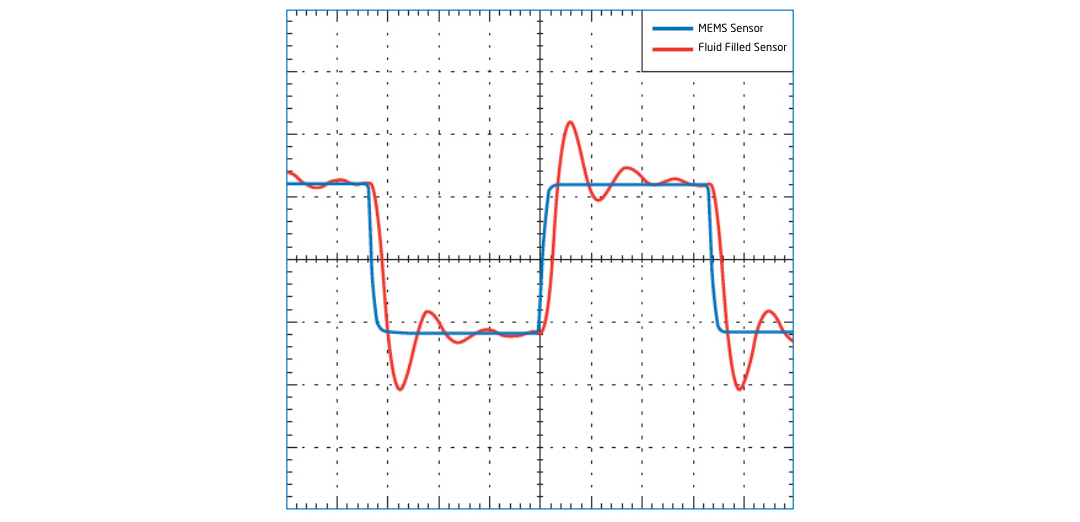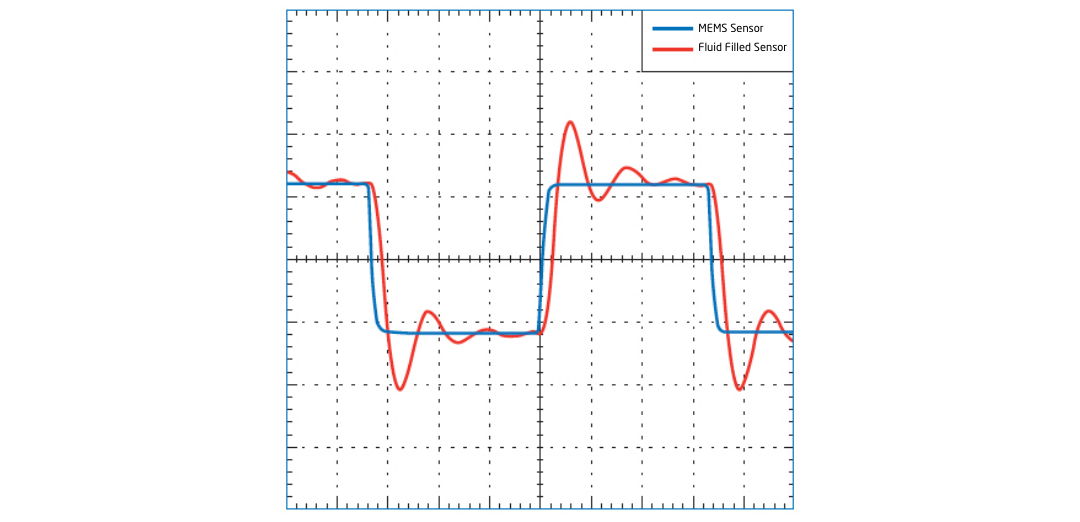Written by: Aimee Price, Marketing Campaign Manager
Reviewed by: Matthew Davis, Chief Commercial Officer
Millar’s OEM brand is built around the central concept of placing a high-fidelity MEMS pressure sensor at the exact point of interest in both clinical and research applications. This allows a Millar customer to make an accurate, repeatable measurement directly at the source rather than relying on a fluid line coupled to an external pressure transducer.
The idea of placing a sensor directly within the body was a novel concept when Millar was founded in 1969. At that time, the state of the art in pressure measurement was optimizing all the deficiencies of a fluid coupled pressure sensor system to obtain a “reliable” pressure measurement.
Much of the Millar advantage and brand reputation comes from the fact that measuring pressure via an external fluid filled pressure transducer is more of an art than a science. This is true today with the “art” of fluid coupled transducers still representing the standard baseline for pressure monitoring across cardiovascular, neurocritical care, urodynamics, and basic scientific research applications.
What differentiates a MEMS Sensor from a fluid filled sensor?
External fluid coupled transducers rely on a column of saline to transmit a pressure signal from the brain, heart, etc. along the length of the catheter to the transducer located outside of the body. Any of the following can impact the accuracy of the measurement that is ultimately being relied upon by the staff to make a clinical decision that impacts the patient's outcome:
- Air bubbles: Air bubbles trapped with the catheter, the transducer, or any of the connections along the line can dampen (reduce the accuracy) of the pressure signal.
- Transducer/patient height: The height of the external transducer relative to the location of the target pressure measurement is critical. For example, if the transducer is higher than the patient's brain the ICP will be lower than the actual measurement. If it is lower than the patient's brain, the ICP will be higher due to the weight of the water column, therefore, “adding” to the ICP measurement.
- Motion artifacts: Fluid filled sensors suffer from motion artifacts where the movement of the fluid line creates noise on the pressure trace.
- Overshoot/Undershoot: This is key for a fast-changing signal like left ventricular pressure. The frequency response of an external transducer is much lower than a MEMS sensor and as a result, it cannot respond to fast changing signals resulting in overstated and understated max/min values.

This graph shows the simultaneous pressure measurement of a solid-state MEMS sensor vs. a fluid-filled sensor and the difference in the data readings. The Millar MEMS sensor is closest to the exact pressure event where the fluid-filled sensor is showing noise and overshoot in the pressure reading.
Why are fluid transducers still the standard across medicine?
Despite the limitation of fluid transducers, the lower cost of them compared to MEMS sensors, is the biggest barrier to widespread adoption of MEMS sensors across all applications. When choosing an appropriate sensor, it is important to understand the different trade-offs, consider the overall procedural costs and recognize the long-term cost savings offered by using a MEMS sensor.
For applications like ICP or diastolic pressure monitoring, where the pressure ranges are low and slight changes will impact clinical outcomes, MEMS sensors are ideal. Additionally, for applications like compartment syndrome, misdiagnoses can create legal risks and increase overall downstream costs significantly.
What differentiates a Millar MEMS Sensor from other sensor options?
Millar has been making medical devices smarter by integrating MEMS pressure sensors for over 50 years, but what sets us apart from others?
- 50+ years of MEMS sensor expertise, delivering the lowest drift and greatest level of accuracy on the market. When accuracy matters and lives are on the line, we can handle the pressure.
- Our proven integration process is guaranteed to improve yields and mitigate the challenges of MEMS integration, resulting in reduced cost and rapid time to market.
- Millar’s flexible technology can be used in a variety of clinical applications with few limitations. These include, but are not limited to, cardiovascular applications, critical and neurocritical care, chronic applications, oncology, respiratory, etc.
- Users can simultaneously capture temperature measurements while delivering continuous pressure signals.
- Millar’s proprietary manufacturing processes ensure that every sensor performs to the customers’ expectations by optimizing sensor design and encapsulation and minimizing sensor to sensor variability.






